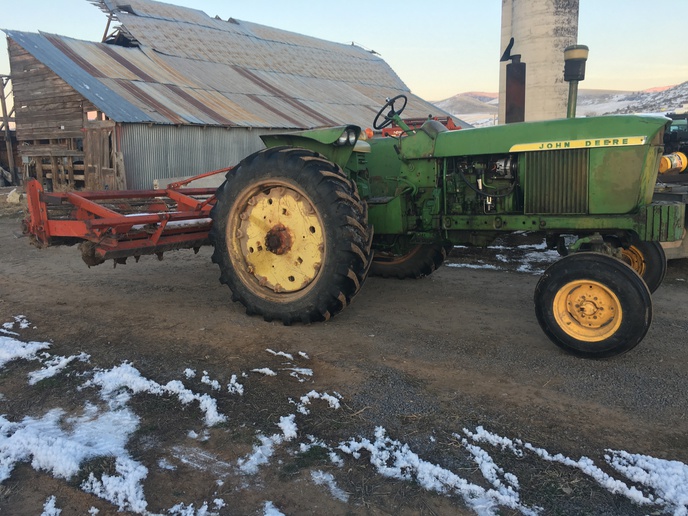Texasmark1
Well-known Member
Been farming this place for 40 years. Last year I bought a 3 pt. Rototiller. Just don't understand why it took me so long to wise up. I have decided that my plowing tools are going to consist of the following in the following order:
Broadcast any fertilizer requirement. Follow immediately with the Hay King Pasture Renovator to do the deep slicing of my heavy clay, followed by the Rototiller, and then a spike toothed harrow. That's it. Ready to plant.
Broadcast any fertilizer requirement. Follow immediately with the Hay King Pasture Renovator to do the deep slicing of my heavy clay, followed by the Rototiller, and then a spike toothed harrow. That's it. Ready to plant.


